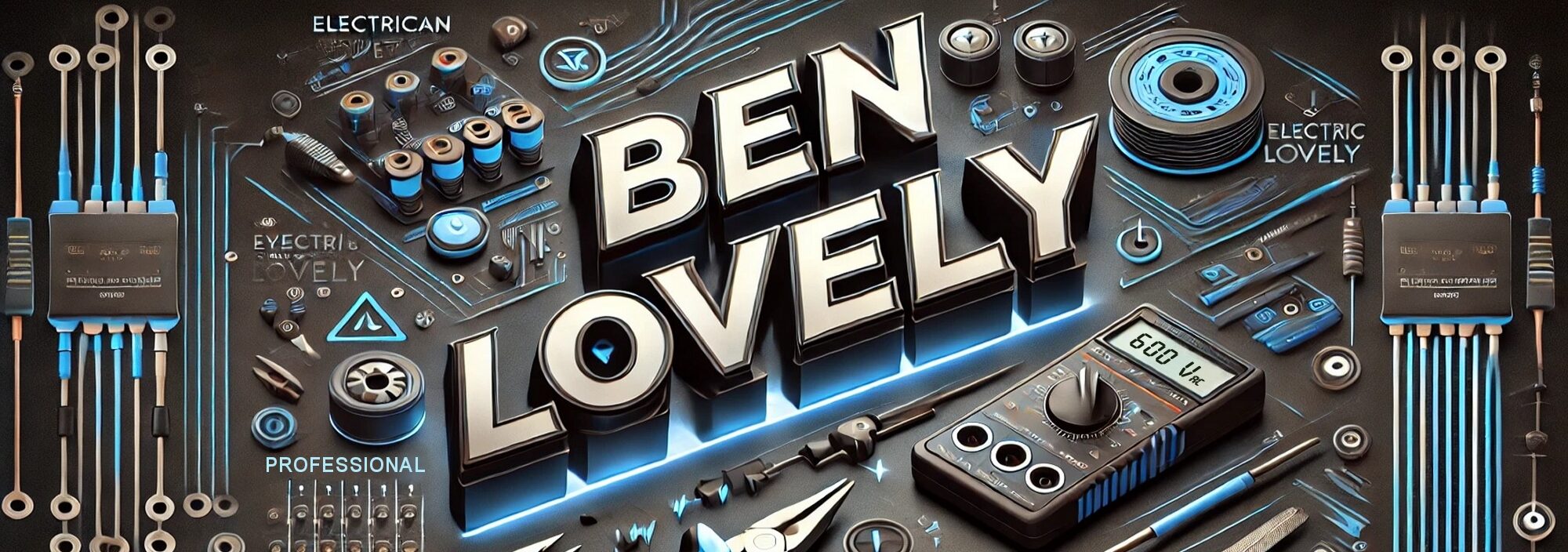Annotated Bibliography
PIDP 3240: Assignment #1
For this assignment I’ve chosen to focus my reading on learning technology suitable for the electrical Trades classroom. There is currently a push to move to a slightly blended delivery model utilizing LMS software and publisher provided online quizzes. I used this assignment to do research on the efficacy of the proposed use of technology in the classroom.
Bell, M. C., Simone, P. M., & Whitfield, L. C. (2016). Evaluation of ‘out-of-the-box’ textbook technology supplements on student learning. Scholarship Of Teaching And Learning In Psychology, 2(2), 112-124. doi:10.1037/stl0000057
Bell et al. concludes in their study that using publisher provided online quizzes (Textbook Technology Supplements) had zero to marginal positive impact on student performance on written quizzes in class. They suggest that frequent quizzing helps with retention, but online does not perform better than in class. They also suggest that written response aids retention more than multiple choice.
Bowen, J. A. (2012). Teaching Naked. San Francisco, CA: John Wiley & Sons.
Bowen talks about maximizing contact time with students by minimizing technology in the classroom and instead, utilizing it in a flipped classroom approach. This arrangement ensures that the high value activities are with the instructor and technology is used outside the classroom to prepare students for the lesson.
Colbran, S., Gilding, A., Colbran, S., Oyson, M.J., Saeed, N. (2015): The impact of student-generated digital flashcards on student learning of constitutional law, The Law Teacher, doi: 10.1080/03069400.2015.1082239
This study on law students evaluated the value of peer created digital flash cards. Contrary to expected results, this cohort of students did not value flashcards produced by other students. The results indicated that peer created flashcards did not assist in understanding the subject or make it more interesting to learn. The peer flashcards did not assist in knowledge retention, assist with learning the subject, or with exam preparation.
Costley, K.C. (2014). The Positive Effects of Technology on Teaching and Student Learning. Retrieved from: https://files.eric.ed.gov/fulltext/ED554557.pdf
In this essay, Costley provides evidence that technology integration is shown to have a positive effect in all age groups and is also shown to be helpful for students with special learning needs. He finds the following benefits to technology integration: increased student motivation; increased student engagement; increased student collaboration; increased hands-on learning opportunities; allows for learning at all levels; increased confidence in students, and increased technology skills.
Davidovitch, N. & Yavich, R. (2017). The Effect of Smart Boards on the Cognition and Motivation of Students. Higher Education Studies; Vol. 7, No. 1; 2017. ISSN 1925-4741 E-ISSN 1925-475. doi:10.5539/hes.v7n1p60
In this study, Davidovitch and Yavich confirmed their hypothesis that the use of smart boards improves the level of clarity among elementary school students. They refuted their other 3 hypotheses: 1) Use of smart boards improves order and organization among elementary school students. 2) Use of smart boards improves interest among elementary school students. 3) Use of smart boards improves the overall level of satisfaction among elementary school students
Dizon, G. & Tang, D. (2017). Comparing the efficacy of digital flashcards versus paper flashcards to improve receptive and productive L2 vocabulary. The EuroCALL Review, [S.l.], v. 25, n. 1, p. 3-15, june 2017. ISSN 1695-2618. doi:https://doi.org/10.4995/eurocall.2017.6964.
In this study, Dizon and Tang conclude that for learning vocabulary, digital flashcards and paper flashcards are equally effective. For other topics, digital flashcards are better.
Mueller, P. A. & Oppenheimer, D. M. (2014). The Pen Is Mightier Than the Keyboard: Advantages of Longhand Over Laptop Note Taking. Psychological Science Vol 25, Issue 6, pp. 1159 – 1168. doi: 10.1177/0956797614524581
This study concludes that hand-written and computer-typed notes are not equal. The study suggests that students who handwrite notes have a higher degree of recall. Effort was made to ensure both groups were paraphrasing, but the handwritten students performed better.
Ryan, G. (2018). Blended Delivery of Apprenticeship Training: Bringing Learners Together Through Technology. Online Learning Consortium. Retrieved from: https://secure.onlinelearningconsortium.org/effective_practices/blended-delivery-apprenticeship-training-bringing-learners-together-through-tech
In this pilot project, A blended apprenticeship model for Heavy Duty Equipment Technician raised red seal success rates from 58% to 100%. It should be noted this is a report on a pilot project, and not a full study.
Sadeck, O. & Cronjé, J. (2017). A Continuum of Teachers’ e-Learning Practices. Electronic Journal of e-Learning, 395-408. Retrieved from: https://eric.ed.gov/?q=technology+and+teaching&id=EJ1157945
Sadeck and Cronjé discuss how technology is already in wide use with teachers. The use of the technology ranges from simple to complex, depending on the instructor’s comfort level. This suggests that instructor training is paramount to the adoption of technology in the classroom.
Schmidmaier, R., Ebersbach, R., Schiller, M., Hege, I., Holzer, M., Fischer, M.R. (2011). Using electronic flashcards to promote learning in medical students: retesting versus restudying. Medical Education 2011:45: 1101–1110. doi:10.1111/j.1365-2923.2011.04043.x
This article explores which is more effective: re-studying or re-testing for student knowledge retention. Through the use of electronic flashcards, repetitive testing is a more potent learning strategy than repetitive studying for short-term knowledge retention in clinical medical students. The long-term retention benefits were negligible over traditional studying techniques.
